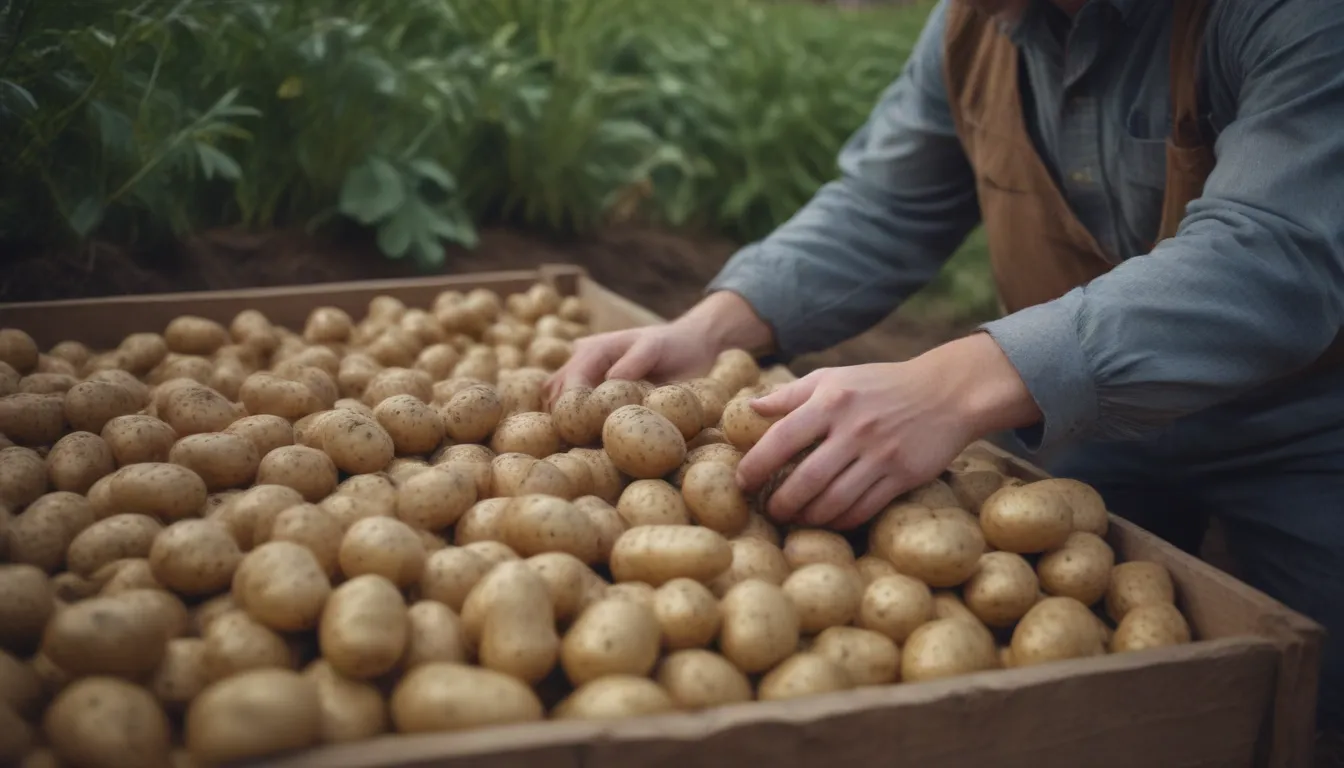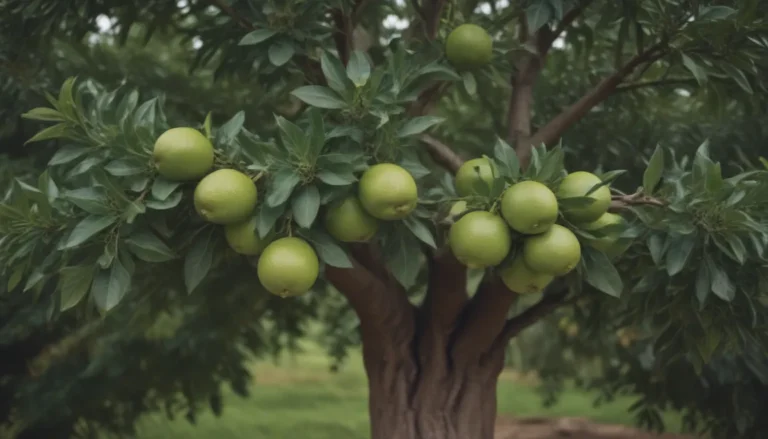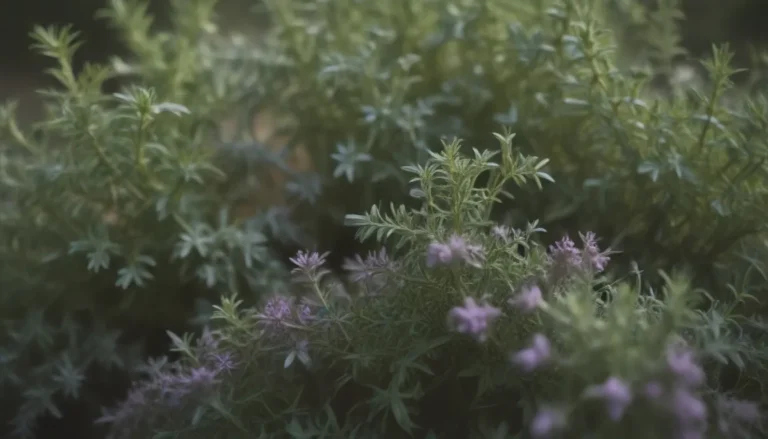A Comprehensive Guide to Harvesting Potatoes for Maximum Yield and Flavor

Are you eagerly anticipating the moment when you can dig up your homegrown potatoes, but not quite sure when and how to do it? Harvesting potatoes can be a rewarding experience, whether you’re looking forward to enjoying fresh new potatoes straight from your garden or storing mature potatoes for long-term use. In this guide, we’ll take you through the process of harvesting potatoes, from determining the right time to harvest to storing them properly for future use.
Understanding the Harvest Timing
Potatoes are typically harvested late in the growing season, but the exact timing depends on how you plan to use them. New potatoes, which are harvested early and eaten immediately, have a different harvest time compared to mature potatoes intended for storage. Your harvest timing will also be influenced by the weather conditions and the growth stage of your potato plants.
Determining When to Harvest
- New potatoes should be harvested two to three weeks after the plants finish flowering.
- Mature potatoes for storage should be harvested two to three weeks after the foliage has died back.
The flowering and foliage of the potato plants are key indicators of when it’s time to harvest your crop. Monitor these signs closely to ensure that you pick your potatoes at the right stage for optimal flavor and texture.
How to Harvest New Potatoes
New potatoes are small, tender gems that are best enjoyed fresh from the garden. Here’s how you can harvest new potatoes for immediate consumption:
- When the plants finish flowering, carefully dig around the edges of the plant with a garden fork.
- Gently lever up the bundle of potatoes to reveal them, making sure not to damage the tubers.
- New potatoes are typically found 4 to 6 inches deep in the soil.
- If desired, smaller potatoes can be left in place and gently replanted for further growth.
- While new potatoes can be stored for a few months, they are best eaten fresh.
- For storage, keep new potatoes in a dark location at a temperature of 38 to 40 degrees Fahrenheit.
Harvesting Mature Potatoes for Storage
If you’re planning to store your potatoes for later use, it’s essential to harvest them at the right time and handle them with care. Here’s how you can harvest mature potatoes for storage:
- Allow the plants to continue growing after blooming and keep hilling up the soil or adding mulch to protect the tubers.
- Once the foliage has died back, use a garden fork to dig up the mature potatoes.
- Harvesting is usually done in August or September, depending on your growing region.
- Check the ripeness of the potatoes by rubbing the skins with your thumb – ripe potatoes will not rub off easily.
- If you plan to store them, do not wash the potatoes immediately after harvest.
- Let the potatoes cure in a shaded location for a couple of weeks before brushing off any dry soil.
- Store cured potatoes in a dark, cool place at 38 to 40 degrees Fahrenheit.
Tips for Successful Potato Harvesting
- Avoid washing potatoes immediately after harvesting if you plan to store them.
- Check potatoes for ripeness by rubbing the skins – ripe potatoes will not rub off easily.
- Keep stored potatoes dry and away from light to prevent them from turning green.
Seed Saving and Replanting
If you’d like to save some potatoes for replanting in the spring, follow these steps:
- Prior to planting time, expose your seed potatoes to a warm, sunny area and cover them with moist burlap or paper towels.
- Once the eyes start to grow green shoots, cut large potatoes into two-ounce segments with a sprout.
- Let the cut pieces sit out to develop a protective skin before planting.
- Plant the segments with the sprout facing up for optimal growth.
By following these steps, you can ensure that your harvest of potatoes is both bountiful and delicious. Whether you’re looking to enjoy fresh new potatoes or store mature ones for later use, proper harvesting techniques are essential for a successful crop. Happy harvesting!





